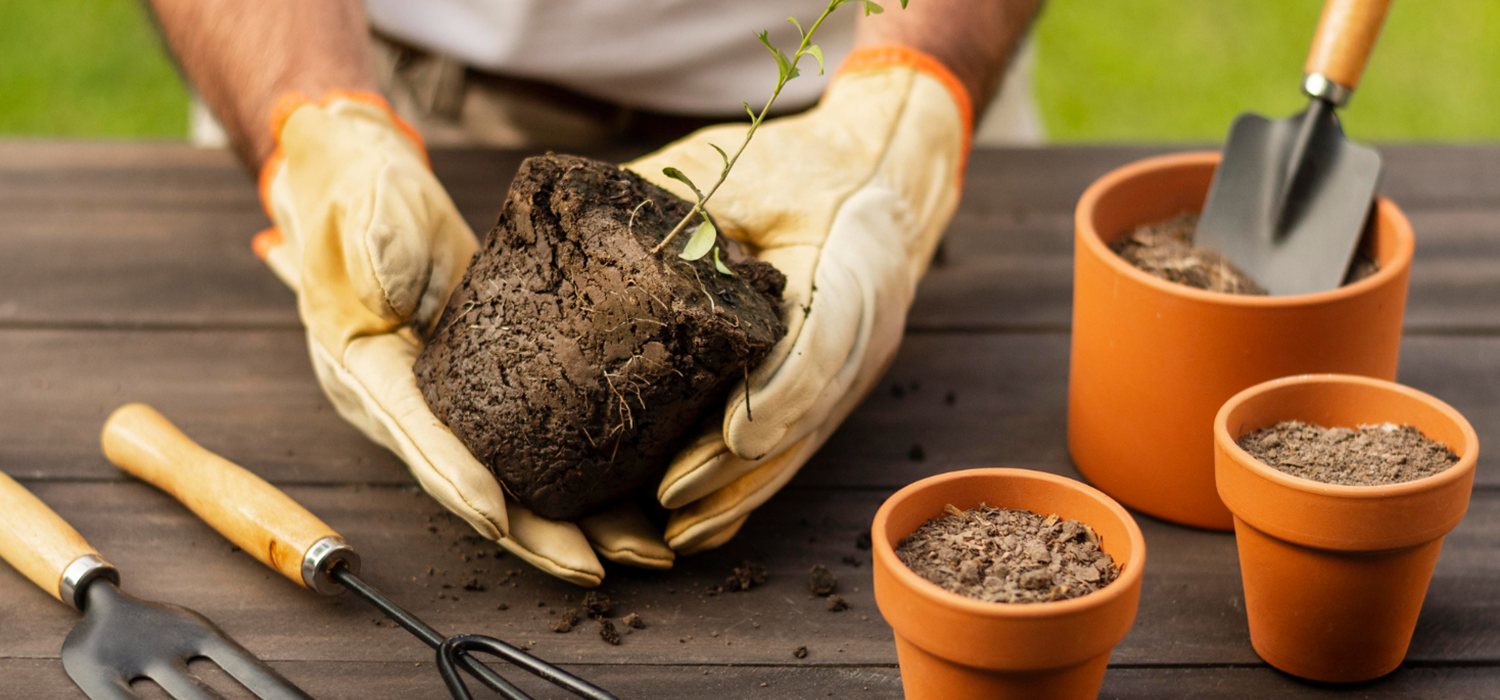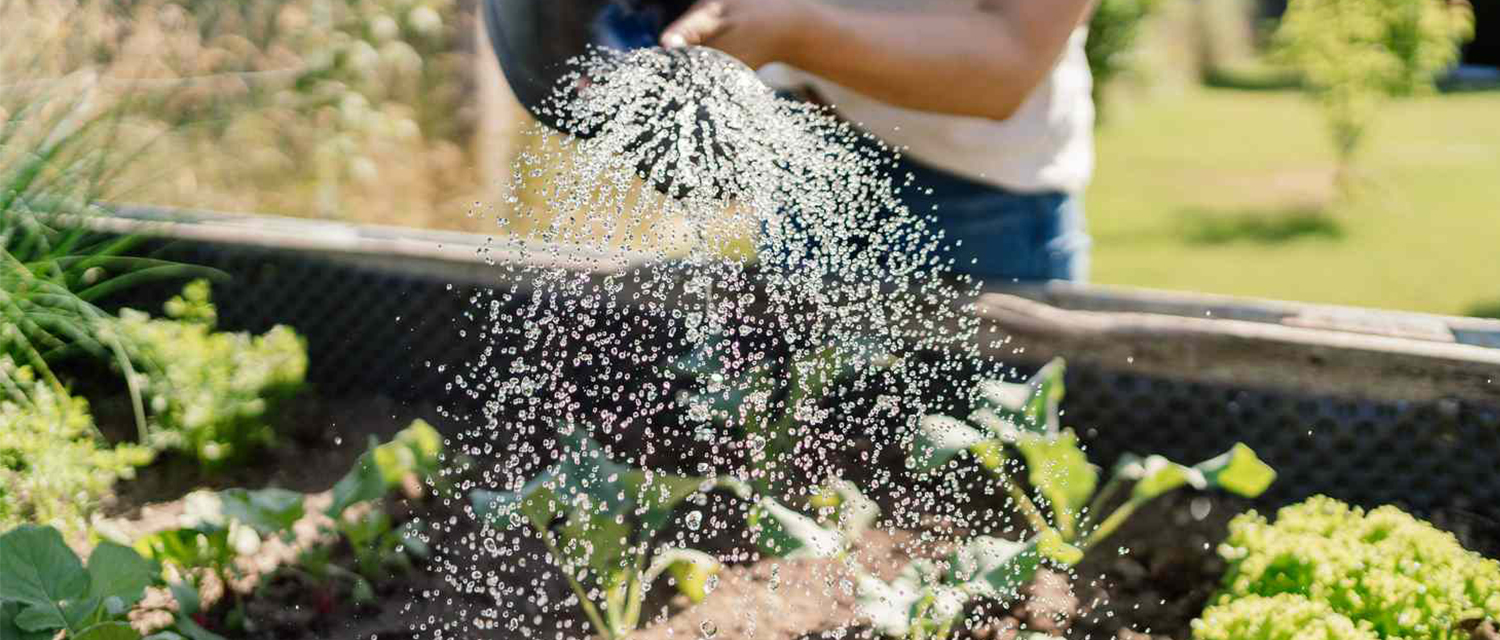Get free quotes within minutes
Top Winter Flowering Plants to Brighten Your Garden in Australia
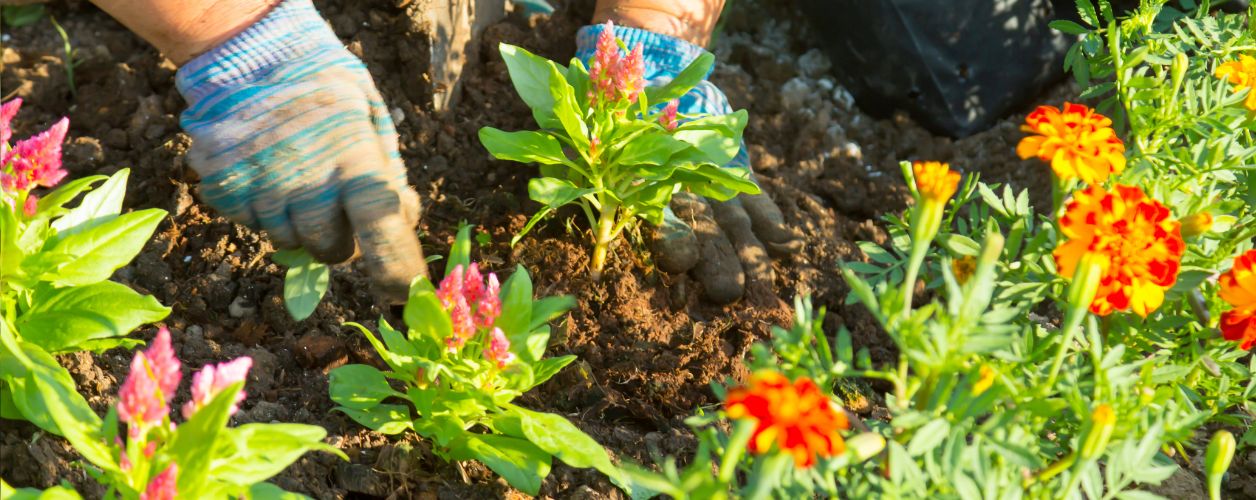
Table Of Content
- Introduction
- Understanding Winter Gardening in Australia
- Top Winter Flowering Plants to Brighten Your Garden
- Creating a Stunning Winter Garden
- Attracting Wildlife in Winter Gardens
- Indoor Winter Flowering Plants
- DIY Winter Garden Decor Ideas
- Conclusion
Top Winter Flowering Plants to Brighten Your Garden in Australia
Winters in Australia bring substantial climate differences since the northern area remains milder than the frost-affected southern states. Winter-flowering plants exist in abundance for gardeners, no matter what region of Australia they inhabit. This complete guide covers the most suitable Australian winter-flowering garden plants alongside instructions for their maintenance while providing specialist gardening insights about keeping your garden colorful despite harsh winter conditions.
Understanding Winter Gardening in Australia
Winter gardening in Australia both presents distinctive issues and numerous growing prospects. The wide range of Australian climate zones creates favorable environments for particular plant species to prosper.
Climate Considerations
- The environment in Tropical & Subtropical Regions throughout QLD and NT and Northern WA, and Northern NSW enables plants to keep blooming throughout the mild frost-free winter period.
- The winter season in Sydney, Melbourne, Adelaide, Perth and Coastal NSW/VIC and Adelaide consists of moderate frost occurrences that require resistant plant varieties.
- The regions of Tasmania, along with the ACT and inland NSW and VIC, require extremely cold-resistant species because of their severe wintry conditions, including frost and snow.
Soil Preparation for Winter
- Soil preparation must happen before implementing winter-flowering plants.
- The abundance of the garden soil can be improved by incorporating compost and well-rotted manure.
- Adequate soil drainage should be maintained to stop root rot development.
- Mulch garden beds to retain warmth and moisture.
Top Winter Flowering Plants to Brighten Your Garden
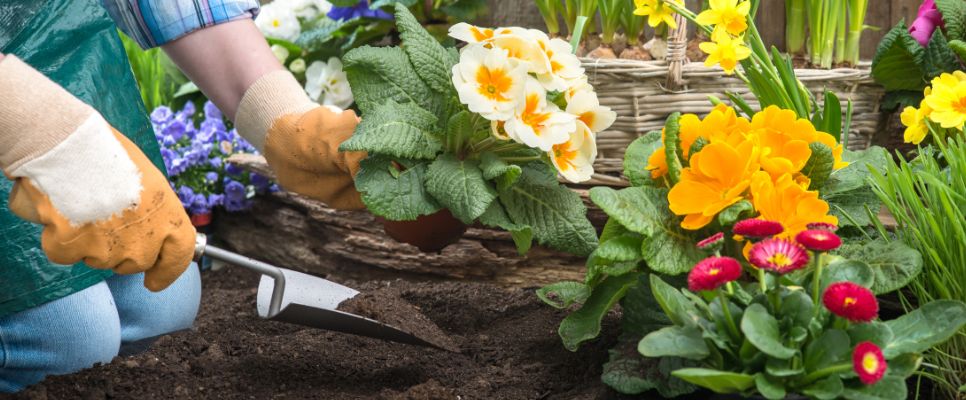
1. Camellia (Camellia spp.)
Camellias stand as top winter-flowering plants, which generate eye-catching large blooms that appear in white and pink and red shades. Professional gardeners choose these evergreen shrubs because they demonstrate excellent adaptability and show great resilience.
Growing Conditions:
- The plant requires soil that drains well, together with slightly acidic soil conditions enriched with organic matter content.
- This plant requires shade conditions to thrive, although it can survive in complete sun when the climate stays cool.
- The plant requires periodic irrigation, although excessive waterlogging should be avoided.
Care Tips:
- The shape of the plant needs pruning during the period between flowers.
- Root protection is made possible using mulch to reduce seasonal temperature swings.
- You should use a slow-release fertilizer during the cold season of autumn.
2. Hellebore (Helleborus spp.)
The winter rose nickname belongs to hellebores because these shade-tolerant perennial plants produce flowers that appear during winter through early spring. These perennial plants produce nodding flowers that appear in white and deep red as well as pink and purple and purple and green variations.
Growing Conditions:
- Prefers well-drained, humus-rich soil.
- These plants require shaded areas that receive either partial or complete light conditions.
- This plant becomes drought-resistant after its initial establishment, yet it gains greater benefits from occasional watering.
Care Tips:
- Old leaves should be removed during late autumn to trigger new plant growth.
- The base of the plant receives enriched soil through the application of compost.
- Understanding that aphids and slugs are common threats to your garden plants.
3. Daphne (Daphne odora)
The attractive feature of Daphne plants is their intensely fragrant small pink or white winter flowers. The evergreen bush attracts gardeners because it brings fragrant appeal when most flowers have faded away during winter.
Growing Conditions:
- The plant needs porous earth that stays dry below the surface and cannot survive when roots remain soaked.
- The ideal growing site for this plant exists under a partially shaded area inside a sheltered location.
- Regular mulching with occasional pruning will help this plant achieve proper shape.
Care Tips:
- Provide a minimal water supply to prevent root rot in the plant.
- The recommended fertilizer for acid-loving plants exists for your cultivation.
- The plant requires protection from harsh cold temperatures through the use of garden fleece.
4. Winter-Flowering Grevillea (Grevillea spp.)
Native to Australia, Grevillea plants retain viewer interest throughout the year with their distinctive flower form, which resembles spiders. The winter season brings abundant blooming periods to many grevillea species that draw pollinators and birds to visit the garden.
Growing Conditions:
- Soil with well-drained characteristics suits Grevillea best when mixed with sandy or loamy substrate types.
- The plant performs best in direct sunlight yet survives in areas that receive limited sunlight.
- Requires minimal watering once established.
Care Tips:
- Using phosphorus-rich organic materials on plants should be avoided since these nutrients harm the plant.
- Take minimal post-flowering cuts to keep the plant growing densely.
- There should be space available for their natural growth habit.
5. Snowdrops (Galanthus spp.)
White-flowering bulbs named snowdrops announce the beginning of the winter season through their delicate appearance. The tiny Australian plants succeed well in cold environmental conditions while providing decorative value to garden beds.
Growing Conditions:
- Prefers moist, well-drained soil.
- Snowdrops thrive in both partial shade locations and positions that receive direct sunlight.
- The plants require minimal care while developing a wild appearance as time passes.
Care Tips:
- Old leaves should remain on the plant to finish their natural process after blossoming.
- Bulb officials should be divided every two to three years to prevent vigor loss.
- The most appealing look comes from clumping the plants together.
6. Hardenbergia (Hardenbergia violacea)
A native plant from Australia produces abundant purple flowers which appear during the winter season under the name "Happy Wanderer." Hardenbergia serves multiple roles by growing both a floor cover and a vertical structure.
Growing Conditions:
- Thrives in well-drained soil.
- This plant needs full sunlight but can survive in areas of light shade.
- Drought-tolerant once established.
Care Tips:
- A trellis should be installed for climbing purposes.
- Trim the plant lightly after bloom starts to boost its becoming more compact.
- Mulch around the base to retain moisture.
7. Witch Hazel (Hamamelis spp.)
Witch hazel shows its beauty through slender, fragrant flowers ranging from yellow to orange and red throughout the winter season.
Growing Conditions:
- The plant grows best when planted in loamy soil with excellent drainage and enriched with organic matter.
- Partial shade suits this plant best, while it also adapts well to direct sunlight exposure.
- This species needs a regular water supply and occasional trimming.
Care Tips:
- Organic mulch needs application at the beginning of winter.
- Moderate cleaning of dead branches makes up the pruning process.
- Water consistently in dry periods.
8. Pansies and Violas (Viola spp.)
The family of winter bedding plants includes pansies and violas, which produce various bright colors through their cheerful blossoms. These plants are suitable choices to grow in garden beds together with borders and containers.
Growing Conditions:
- Prefers well-drained, nutrient-rich soil.
- This plant requires full sunlight.
- Regular deadheading encourages continuous blooming.
Care Tips:
- The application of liquid fertilizer should happen at two-week intervals.
- Protect from slugs and snails.
- Plants should receive new planting areas yearly to stop disease development.
Creating a Stunning Winter Garden
Design Tips:
The choice of opposing color combinations between yellow and purple adds visual interest to your garden.
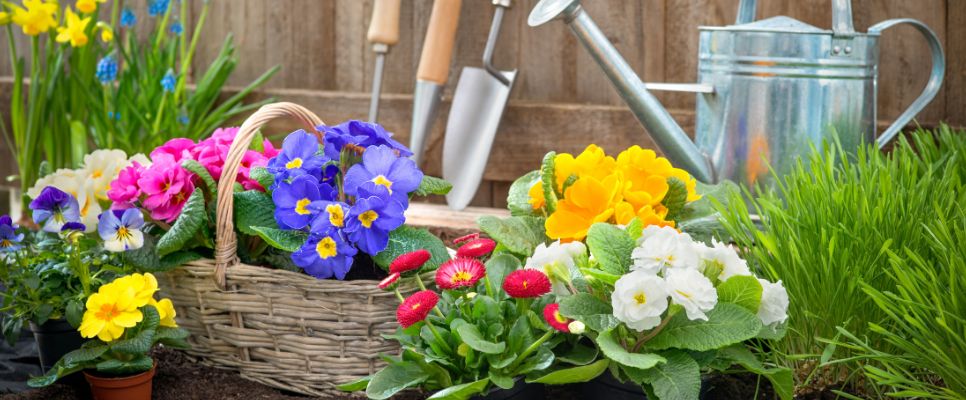
- Plant taller shrubs behind lower-growing flowers.
- Evergreen plants used together with blossoming flowers maintain garden structure while bringing depth to the landscape arrangement.
- The addition of winter-interest foliage can be accomplished through the selection of silver-foliage plants, which include lamb's ear and dusty miller.
- The plant Clematis Cirrhosa functions as an outstanding choice for climbers that bloom during the winter months.
Maintenance Tips:
- Weeding methods should eliminate all weeds from garden beds to maintain proper nutrient access.
- Water the garden depending on rainfall patterns through scheduled watering adjustments.
- We should regularly feed soil health with organic compost to improve nutrients in the ground.
Attracting Wildlife in Winter Gardens
Plants that bloom during winter serve as vital food sources and protective habitats for flying animals and butterflies when temperatures become low. To attract wildlife:
- Native species of grevillea and banksia should be your plant selection.
- Provide a fresh water source.
- Avoid using chemical pesticides.
- Companion Planting for Winter Flowers
The combination of winter-flowering plants with suitable plant companions leads to better plant growth while making them more difficult to damage. For example:
- Pansies planted alongside kale create an attractive edible garden that brings beautiful colors to the winter garden.
- Plant lavender by the camellias because it drives away pests.
The combination of hellebores with snowdrops creates an attractive demonstration of winter-season plant display.
Indoor Winter Flowering Plants
Plant the vibrant colour of indoor winter flowers through potted plants, including:
- Cyclamen flowers need cool environments inside the home to bloom vibrantly.
- Orchids offer elegant flowers that require minimal attention.
- African Violets create their best performance on windowsills because of their compact plant size.
DIY Winter Garden Decor Ideas
- Fairy lights serve as a combination of decorative elements that produce a warm atmosphere.
- Choose colorful decorative pots with contrasting hues against typical winter palette shades.
- Plants in decorative garden sculptures enhance a permanent decorative atmosphere throughout every season.
Conclusion
No Australian winter garden needs to resemble a drab scene. Proper choices among flowering plants enable you to develop a garden space that brings joyful colours and enchanting beauty during the coldest season. Your winter garden will remain lively because you can plant either local native choices like grevilleas and Hardenbergia together with traditional classics such as camellias and pansies.







